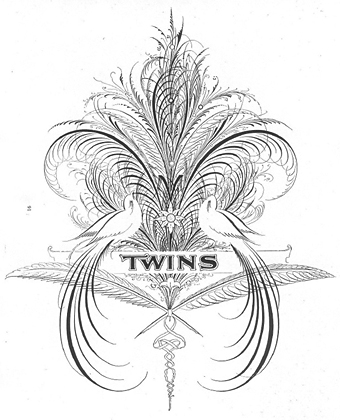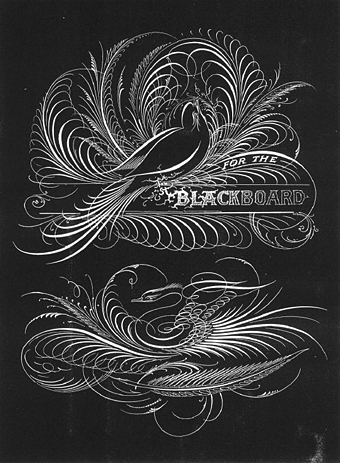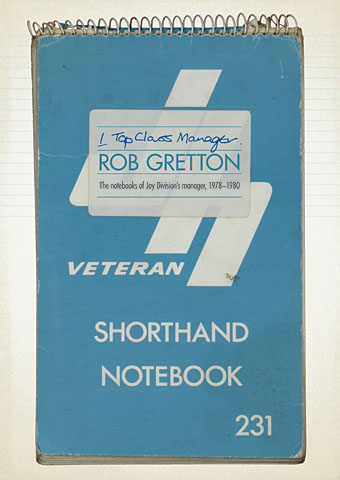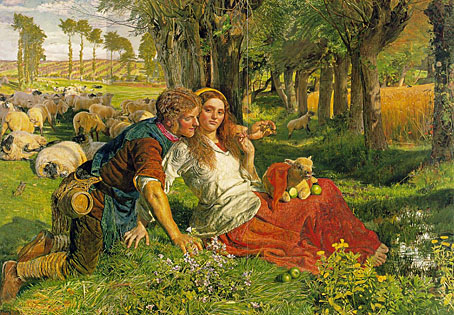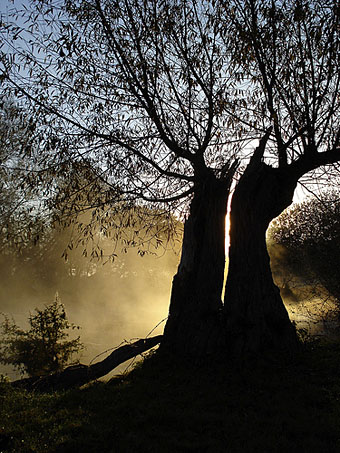
Light play on the river Thame by net_efekt.
…the major products of Mr. Blackwood attain a genuinely classic level, and evoke as does nothing else in literature an awed convinced sense of the imminence of strange spiritual spheres of entities.
The well-nigh endless array of Mr. Blackwood’s fiction includes both novels and shorter tales, the latter sometimes independent and sometimes arrayed in series. Foremost of all must be reckoned The Willows, in which the nameless presences on a desolate Danube island are horribly felt and recognised by a pair of idle voyagers. Here art and restraint in narrative reach their very highest development, and an impression of lasting poignancy is produced without a single strained passage or a single false note.
Thus HP Lovecraft in 1927 from his lengthy overview of horror fiction, Supernatural Horror in Literature. Lovecraft was enthusiastic about many of Blackwood’s weird tales, rating him as one of the contemporary masters along with Arthur Machen. A year before his essay he prefaced The Call of Cthulhu with a Blackwood quote and regularly referred to The Willows as one of his favourite stories. Blackwood’s tale continues to find enthusiasts today, among them the Ghost Box music collective whose Belbury Poly CD titled after the story manages to reference in the space of 44 minutes Blackwood, Machen, CS Lewis and The Morning of the Magicians.
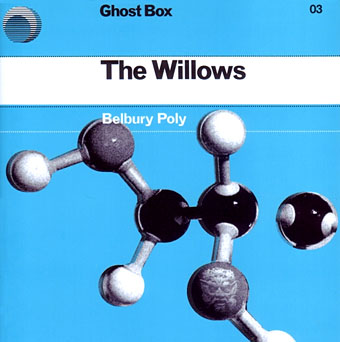
If your curiosity is sufficiently piqued by this point, you can read the story online at Wikisource or Project Gutenberg. Or you can listen to a reading in a new posting at LibriVox. The perfect thing for autumn and the month of Halloween.
Previously on { feuilleton }
• Horror in the shadows
• Wanna see something really scary?
• Ghost Box
• The Absolute Elsewhere
